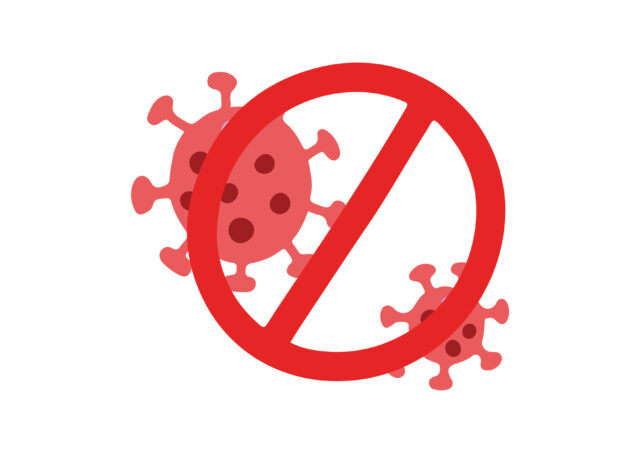Every startup or small business desires to gain enough brand awareness and visibility in the minds of their target audience. The more a business is known, the higher the chance that it will be patronized.
The role advertising plays in a small business cannot be discounted. It provides the much needed exposure that puts products and services in the face of would-be customers.
With startups and small businesses, every kobo counts. There isn’t the luxury of a huge budget that some medium and many large scale businesses have, and so they must make informed decisions about where exactly to advertise in order to optimize limited funds, and ensure they are perfectly positioned to attract the right audience.
Traditional advertising employs the use of TV commercials, Radio jingles, Newspapers, Magazines, Billboards, and even flyers and stickers to propagate the “gospel” of a brand. This form of advertising reigned supreme for decades, and was once the only way to market products and services.
The more recent Digital advertising on the other hand finds expression in the online world. Deploying the website, social media platforms such as Facebook, Twitter and Instagram, banner ads, content marketing, and google ads to reach the brand’s target audience.
While more established businesses can afford to explore the two methods of advertising to market their brands, by virtue of their budget constraints, small businesses find that they have to attempt to hit the bull’s-eye with the option they go for. In view of this, it’s important to consider which of the two addresses the need and objective of small businesses.
Even though traditional advertising is still more popular, and caters to a wider audience which includes the uneducated and the elderly, the cost implications of sustaining advertisement via this medium makes it a restricted option for small businesses.
Traditional advertising is also limited in interaction with the target audience. Traditional advertising is basically a one-way communication. Feedback can only be received much later, thereby eliminating the possibility of tweaking any message or content the audience isn’t responding positively to.
It’s also difficult to measure the result of adverts placed through traditional media. All these make it undesirable for a growing business whose journey to scale is dependent on the accurate measurement of how well people are responding to their brand.
Digital advertising on the other hand is far less expensive, and has become the more preferable mode of reaching one’s target audience in this modern age.
While it may not be suited to the much older or uneducated demographic, it provides a level playing field for all businesses. A small business with a well thought through digital marketing strategy will fare better in terms of engagement and conversion compared to a big brand with the wrong strategy.
Digital marketing also allows for one-on-one interaction (albeit virtually) with potential customers. Brands are able to receive instant feedback from their target audience; and from different platforms too as they have the option of choosing where they would like to interact with a brand.
With digital marketing, small businesses can tell exactly how they are doing through the use of Google Analytics and other insight tools that record data and results.
A combination of both traditional and digital advertising still give the best mileage, but for businesses who are acutely aware of limited budget, digital marketing remains the preferable way to advertise.




